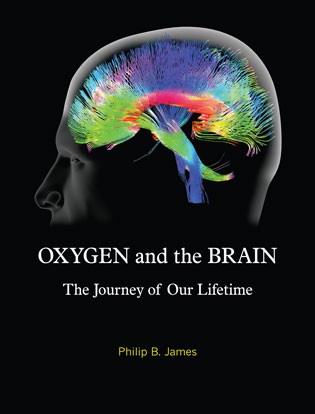DEPTH Blog
Hypoxia vs. Carbon Dioxide in the Want of Oxygen
If a gas not containing any oxygen is breathed, consciousness is rapidly lost with no increase whatever in the rate of breathing. Haldane had witnessed the effects first-hand down in the coal mines of South Wales: “Thus it is a common experience with miners going into an atmosphere of nearly pure fire damp [methane, CH4], or climbing up so that their heads are in the gas; they drop suddenly as if they were shot.” The response to rapidly halving the oxygen level breathed is actually an increase in pulse rate and blood flow, not an increase in the rate of breathing. The increase in pulse rate had first been recorded by Glaisher and Coxwell in their epic ascent from Wolverhampton gas works; it had risen from 70 on the ground to 100 at altitude.
Unfortunately, by the time Haldane had begun his investigation of the control of breathing, it was already a commonly accepted opinion that the “want of oxygen,” which is now referred to as hypoxia, was the stimulus to the respiratory centre, and acted quite independently from carbon dioxide. Haldane certainly did not subscribe to this view; he had experienced loss of consciousness after just 50 seconds breathing the “air,” which was afterwards found to contain 1.8% oxygen. He noted that he had no increase whatsoever in his urge to breathe.
(Excerpted from Oxygen and the Brain by Dr. Philip James. Reference: James, P.B. Oxygen and the Brain: The Journey of Our Lifetime. North Palm Beach: Best Publishing Company; 2014.)
 |
Disclaimer: The opinions expressed in this work are those of the author(s) and do not reflect the opinions of Best Publishing Company or its Editors. Information contained in this work has been obtained by Best Publishing Company from sources believed to be reliable. However, neither Best Publishing Company nor its authors guarantees the accuracy or completeness of any information published herein and neither Best Publishing Company nor its authors shall be responsible for any errors, omissions, or claims for damages, including exemplary damages, arising out of use, inability to use, or with regard to the accuracy or sufficiency of the information contained in this publication. No responsibility is assumed by the Publisher or Editors for any injury and/or damage to persons or property as a matter of product liability, negligence, or otherwise, or from any use or operation of any methods, product, instructions, or ideas contained in the material herein. No suggested test or procedure should be carried out unless, in the reader’s judgment, its risk is justified. Because of rapid advances in the medical sciences, we recommend that the independent verification of diagnoses and drug dosages should be made. Information in this publication is current as of the date of the printing. All rights reserved. No part of this work may be reproduced, stored in a retrieval system, or transmitted in any form or by any means, electronic, mechanical, photocopying, recording, or otherwise, without written permission from the publisher.
When you subscribe to the blog, we will send you an e-mail when there are new updates on the site so you wouldn't miss them.







